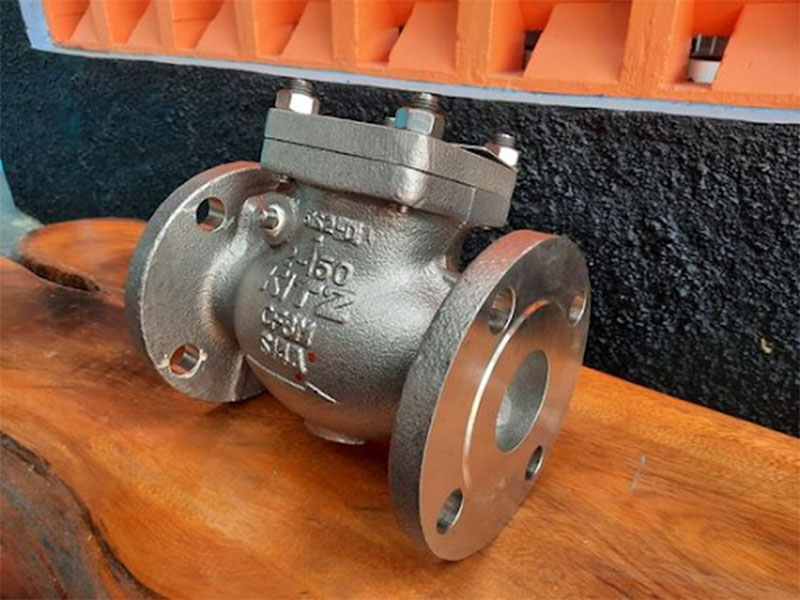Source: Pinterest
Every competent valve specialist understands that valves are comprised of forged and cast elements. But do you know what the distinction is between them and why they would be referred to as such?
A broad range of valves in various designs is available for on/off operation, diverse fluids, alloys, temperatures, and capacities. Butterfly, Diaphragm, Gate, Parallel Slide, Ball, Globe, Knife Gate, Piston, Check, Plug, Sluice, and pinch are the most frequent types of valves.
The most popular method of producing high-quality valves is casting or forging, but what are the advantages and disadvantages of each – cast valve versus forged valves?This article will go through the concepts of forged and cast valves, how they vary, and which is best for which purpose. Continue reading to learn more.
Forging Valves
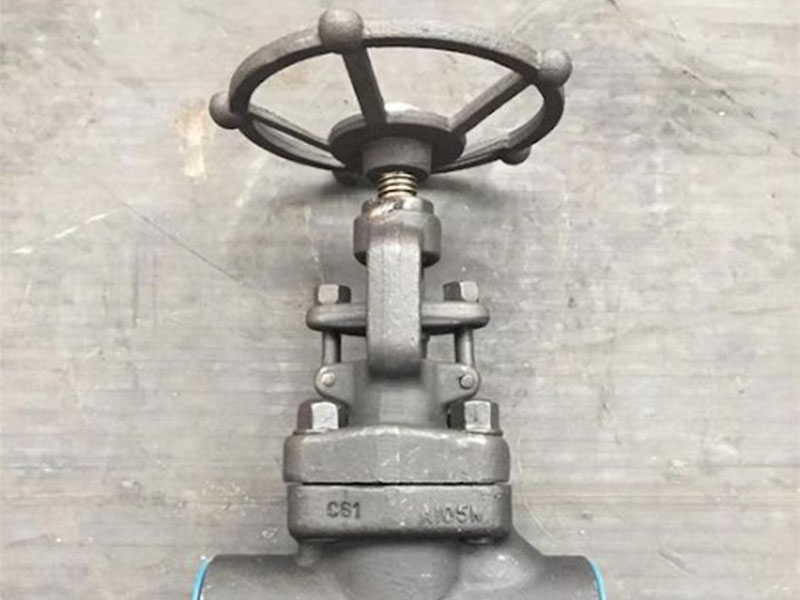
Source: Pinterest
Forged valves are made using a forging technique that includes shaping alloys and metals while they are still solid. Heat and industrial-sized tools provide compressive pressures to bend alloys and metal, and dies are often used to shape and cut the materials to construct specialized valves. Considering what the metals are used for, forging can be done at a variety of temperatures.
Forging valves offer several advantages to industrial businesses. Companies, for instance, do not have to worry about wasting supplies. Because forged valves are formed from a single solid piece, less effort is required to rework the material to attain the desired size and shape.
Forged valves are known for their strength, making them excellent for managing high-temperature high-pressure, and high-temperature systems. The grain structure of the metal gets increasingly refined throughout the forging process. As a result, the impact and overall strength rise.
Furthermore, forging can produce valves with thinner walls. This reduces the possibility of heat fatigue during valve working. This also implies that forged valves can be cooled and heated faster, allowing them to withstand the strains of systems that are constantly cycling through beginning and transition operations.
Forging is the chosen method for:
components needing exceptionally high strength, hardness, and resistance (in fact, the steel crystalline structure is adjusted throughout the forging process to fit the form of the final version – with high content homogeneity and metallurgy recrystallization);
components that must bear higher impact and mechanical stresses
portions where porosity, the possibility of a gas void, pockets, and the creation of cavities (even micro-granular) are unacceptable;
manufacturing of mechanically robust pieces without the use of costly alloys
components that require a high level of wear resistance;
sections that are subjected to severe loads and stress;
high-end applications in which the integrity and quality of the item are more important than speed and cost in the manufacturing process
high-end applications in which the integrity and quality of the item are more important than speed and cost in the manufacturing process
The Advantages Of Forged Valves
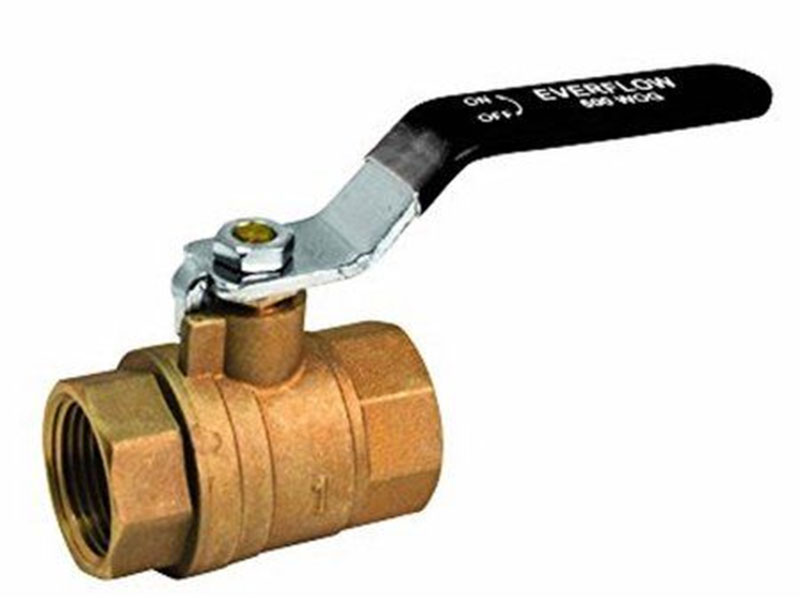
Source: Pinterest
The advantages of forged valves include less wasted elements (given the fact that they are fashioned in one single mass), and the durability and strength of a forged valve imply that it can withstand high temperatures and pressures with no shrinking, porosity, or cracking. As a result, they are ideal for use in nuclear, oil and gas, and power generating applications.
Thermal stress reduction is a significant advantage of forged valves since they have a narrower wall, which means that if they are cooled or heated fast, it will not be damaging to the valve’s operation.
Rolling ring forging, open die forging, and closed die forging are the three primary forms of forging. Rolled ring forging changes shape the metal using bent discs, sealed die forging molds the iron into the curves of a die, and exposed die forging changes shape the substance with a variety of compressive loads.
Casting Valves
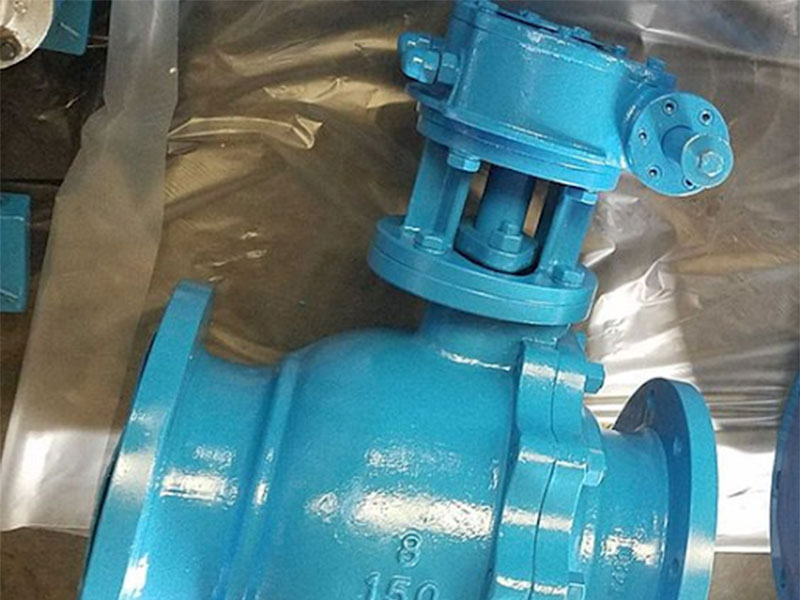
Source: Pinterest
Casting, as opposed to forging, employs liquid metal to manufacture valves. These materials are liquefied into a molten state and poured into different molds. When the liquid has cooled and solidified, it is broken free or expelled from the mold.
One of the most significant advantages of casting is the ability to produce valves with complicated forms, patterns, and sizes. When you use a mold to construct these devices, you have greater latitude to create different sorts of valves with more complicated elements.
For many businesses, casting valves are also an excellent cost-effective choice. It enables you to build valves out of a wider range of alloys and metals. Casting also helps to cut machining costs because it does not require as much effort as forging valves, particularly when manufacturing valves with complicated geometries.
The casting process is typically used for items with difficult forms that cannot be manufactured using another method or are constructed in a sophisticated or expensive manner (e.g., by welding or machining). After putting the steel into the molds, the liquid steel comes into direct contact with a cold base surface, causing the steel’s temperature to drop and crystallization to occur. Carbon steel, for instance, has a casting temp of roughly 1 450 °C.Cast steels have the same chemical structure as forge steels, but they do have poorer mechanical qualities that can be enhanced by heat treatment. For cast steels, the favorable impact of forging (material compression) is not achievable. The benefit is the ability to cast intricate geometries that cannot be made by forging, as well as the material savings that result.
Advantages of Cast Valves
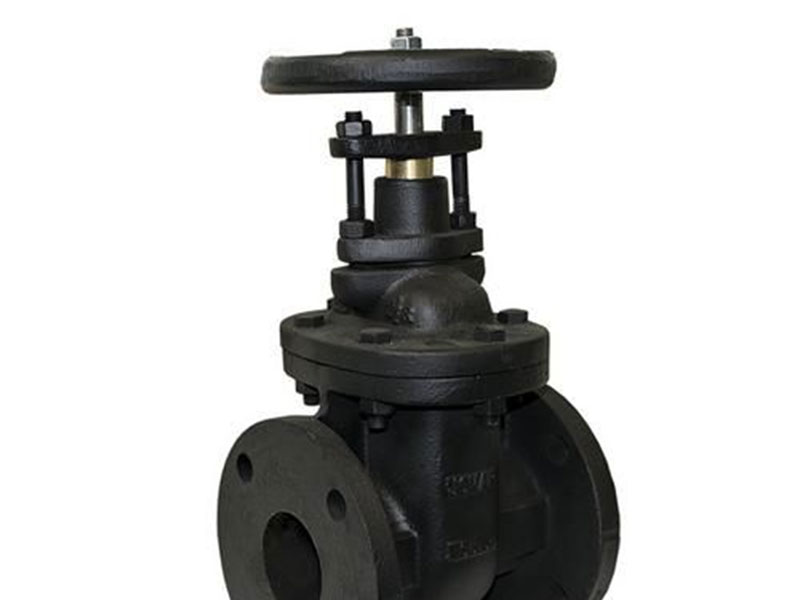
Source: Pinterest
Cast valves are made from a molten iron that has been heated and then injected into a valve mold to cool and solidify. When the metal has solidified entirely, it is separated from the mold and may be manufactured in a variety of intricate and sophisticated sizes and forms.
Other advantages of cast valves include their lower cost due to less labor and time required as opposed to forged valves. However, bigger valve bodies are frequently more expensive owing to the quantity of welding and adjustments required to attain the same degree of quality.
Shell mold casting, investment casting, Pressure casting, sand casting, gravity casting, cavityless casting, and low-pressure casting, are all examples of casting methods.
Types of Casting
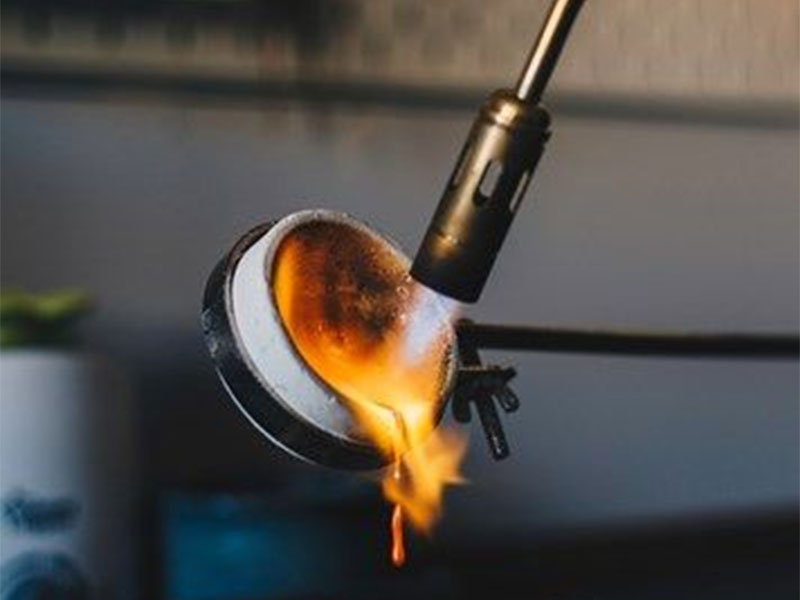
Source: Pinterest
Casting is the procedure of melting metal and then pouring the molten fluid into various molds. Metal can be cast in a variety of techniques, including pressure casting, sand casting, investment casting, gravity casting, cavityless casting, shell mold casting, low-pressure casting, and others. In this section, we will look at two of the most frequent forms of casting utilized to manufacture cast steel valves.
Sand casting is the most frequent process for producing cast steel valves. The molded design for the valve is attached to the base of the sandboxes using this approach. After that, the boxes are packed with casting sand. The sand is then forcefully pushed into the molds. The sandboxes are then flipped upside down to remove the molded designs. However, because the sand was crushed around these casts, the mold's imprint is embedded in the sand.
Investment casting is a method of producing smaller, more accurate components for cast steel valves. The initial mold is created in this procedure using lost wax, hard wax, lost froth, or a comparable substance. This wax mold is then submerged in a thick layer of wet ceramic slurry. When the wax has cured, it is melted, leaving the ceramic mold intact.
Conclusion
A variety of criteria must be considered while selecting the best valve for your application. While forged valves are excellent for high-temperature, high-pressure operations, they are costly and difficult to regulate. Cast valves are inexpensive and may be mass-produced in huge volumes.
To determine which type of valve is ideal, consult with an expert valve maker like Xhval to assist you with the most suitable valve that fulfills specific plant requirements. Get in contact with us so that we can assist you.

